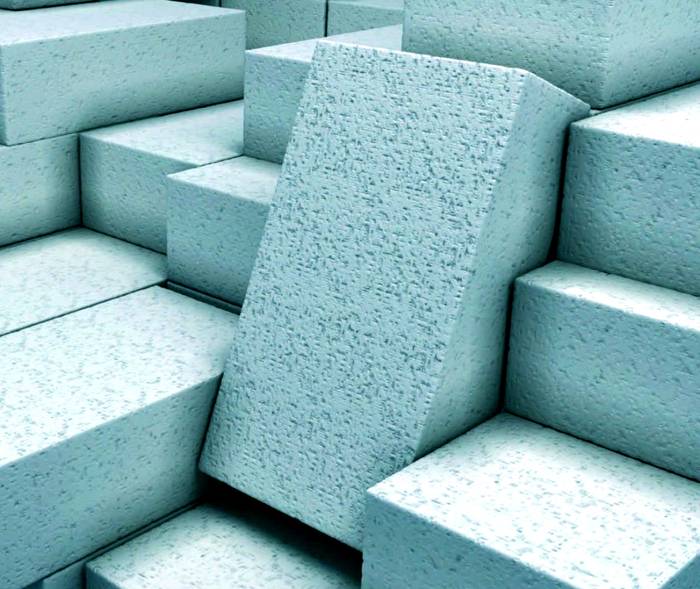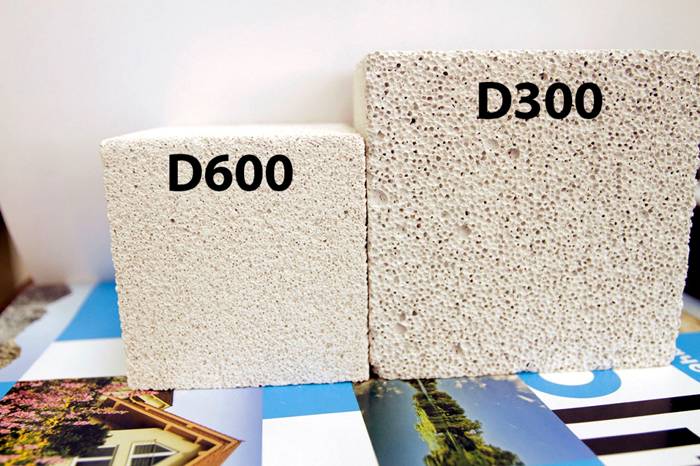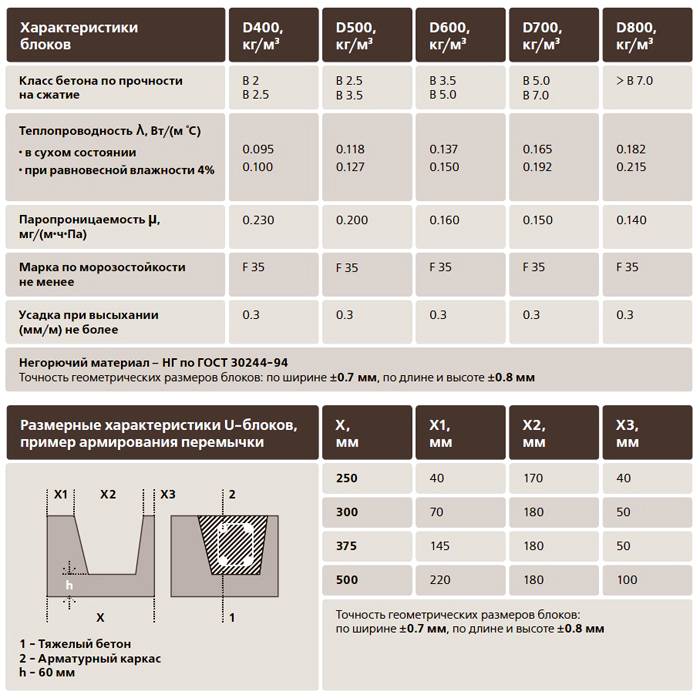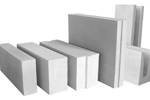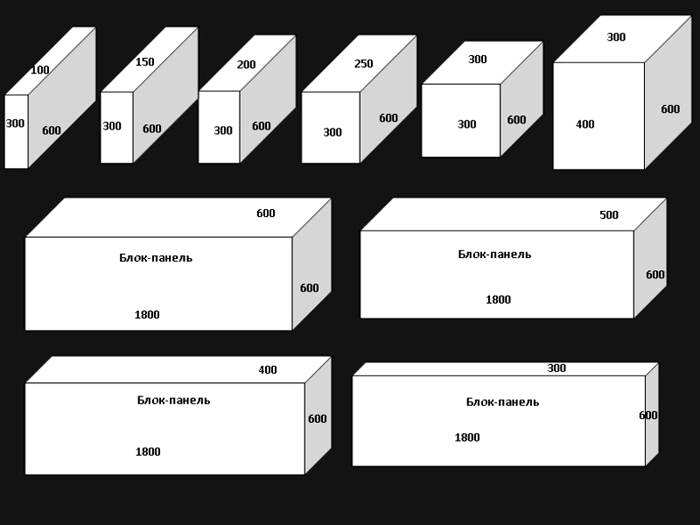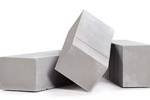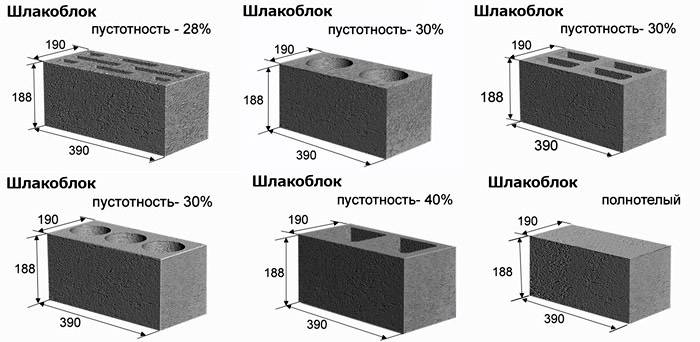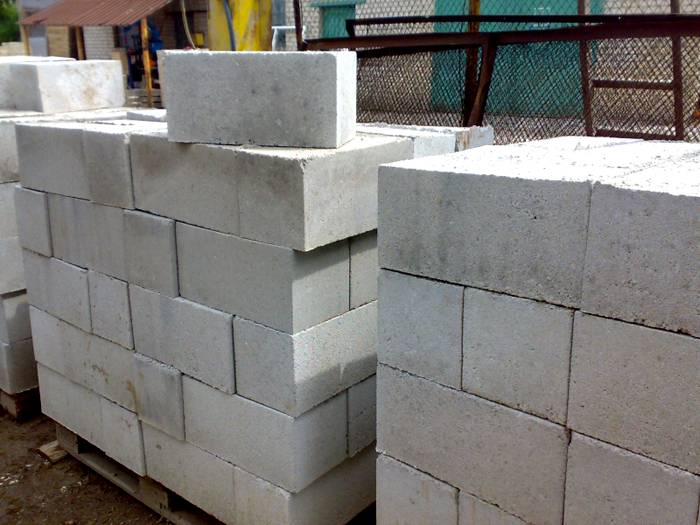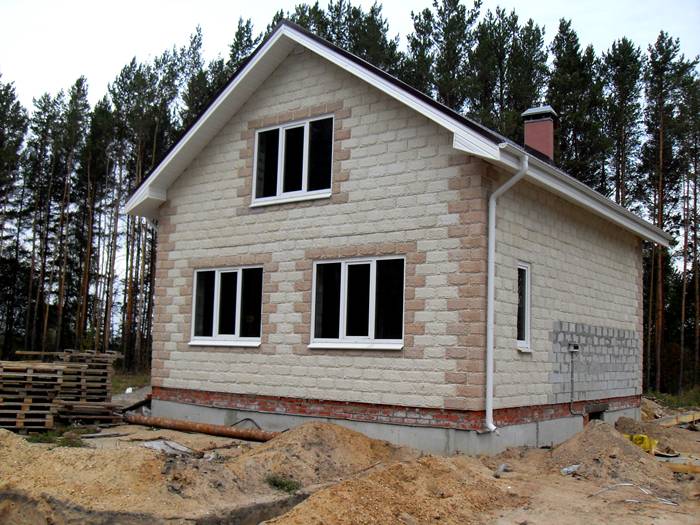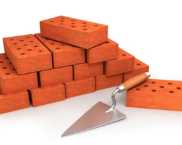Choosing blocks for building a house: which is better, price and technical characteristics
Construction is a complex technological process, in which everything should be taken into account, from the planning of the future home to the interior decoration of the rooms. It is necessary to draw up an estimate, as well as decide on the materials. After the foundation is poured, there are always walls, and then the question arises, what are the best blocks for building a house (price, technical indicators and dimensions).
The content of the article [Hide]
Building blocks: types, sizes, prices and specifications
When choosing a material for construction, first of all, they look at the technical characteristics of raw materials, and not at external attractiveness. Monolithic concrete elements are most often used in the construction of durable structures. The types, characteristics of building blocks depend on the auxiliary components added to the solution during manufacture.
There are various blocks for building a house. Which is better, because the price, characteristics and dimensions are different for everyone? To understand this issue, we will consider each species in detail.
At the moment, the following varieties are distinguished:
The specific gravity of all options is less than 1800 kg / m³, which is very convenient when erecting walls, and the cost is quite acceptable even for budget buildings.
Expanded clay concrete
These blocks are made by adding foamed and fired clay hollow balls to concrete. They are much lighter than other options, and also have high heat and sound insulation performance. At the same time, you can safely drive nails into such a structure without fear of damaging the integrity of the blocks.
The pros and cons of ceramic blocks also require careful study. The positive sides in the construction of houses include:
Choosing a lightweight aggregate concrete structures, consider the negative aspects of the material:
Various block sizes are available. There are options corresponding to ordinary brickwork (a block 50x24.8x23.8 has a mass of 25 kg, and is 15 bricks). You can find 23, 24 and 25 cm in width, and from 25 to 51 in length, which is very convenient for building walls at home and planning material costs.
Aerated concrete
Almost 85% of the volume of aerated concrete block consists of cells, so it is very lightweight. The composition includes quartz sand, cement and lime, and the raw materials are diluted in ordinary water. The dimensions of the bubbles vary from 0.6 to 3 mm, they are evenly distributed.
This material has positive aspects:
To understand which aerated concrete is best for building a house, take the following parameters into account:
In this case, elements with a thickness of 7.5 cm are used for wall insulation, if you want to build utility room, 2 and 2.5 cm are enough.If you plan to use such material for load-bearing walls, then buy blocks with a thickness of at least 37.5 cm.
Related article:
Foam concrete
Foam concrete blocks, like aerated concrete blocks, belong to the gas silicate group. Foam concrete is divided by strength into 4 groups:
Table 1. Marking of foam concrete
At the same time, the dimensions of the gas block for building a house are also different depending on the marking. For example, D600 and 8000 have dimensions of 20x30x60 cm, there are D600 models corresponding to 10x30x60. The size is selected based on the purpose of the construction.
Related article:
Cinder blocks
This kind of material appeared a long time ago. Having a lot of weight, it is necessary to use special equipment during the work. Standard dimensions 20x20x40 cm.The composition contains perlite, expanded clay, processed sawdust, gravel, crushed stone and other components, and the presence of slags is not necessary.
The advantages of such material include:
Only blocks manufactured at the plant that meet all quality standards have such indicators. Since such material can be made at home, you can get to completely different characteristics.
By design, they are produced monolithic or with slots through and through. At the same time, laying such elements is much more difficult than bricks, since cinder blocks have an irregular shape. And also there is no point in covering such material with plaster during finishing.
Thus, answering the question, what are the best blocks for building a house, price and quality - cinder blocks are unlikely to be in the top positions of the ratings.
Blocks for building a house: which is better, price and characteristics
An easy way to compare materials is to draw up a table with technical parameters.
Table 2. Average cost of blocks for building a house
The choice of material will primarily be based on the purpose of use. For example, aerated concrete or foam block is more often used as wall blocks for external walls. To make it easier to understand and choose, watch the video on the topic.
Video: what is better to build a house from, a choice from modern materials

Conclusions: from which blocks is it better to build a house
The choice of blocks for building a house must be approached very carefully. First, decide on the plan and the number of floors, then the necessary parameters for your climatic zone, and then proceed to purchasing the material. Moreover, you need to buy in a trusted store so that the technical characteristics of the blocks correspond to real indicators.
Aerated concrete and foam concrete are considered the most modern. But it will not be possible to build a building from cinder blocks without special equipment. Expanded clay blocks are also common, as they have durability and good frost resistance.
If you are not versed in construction, it is better to turn to professionals who will perform all the work on a turnkey basis and with guarantees.







